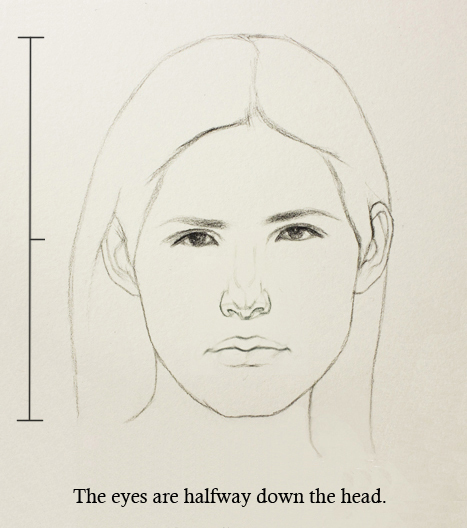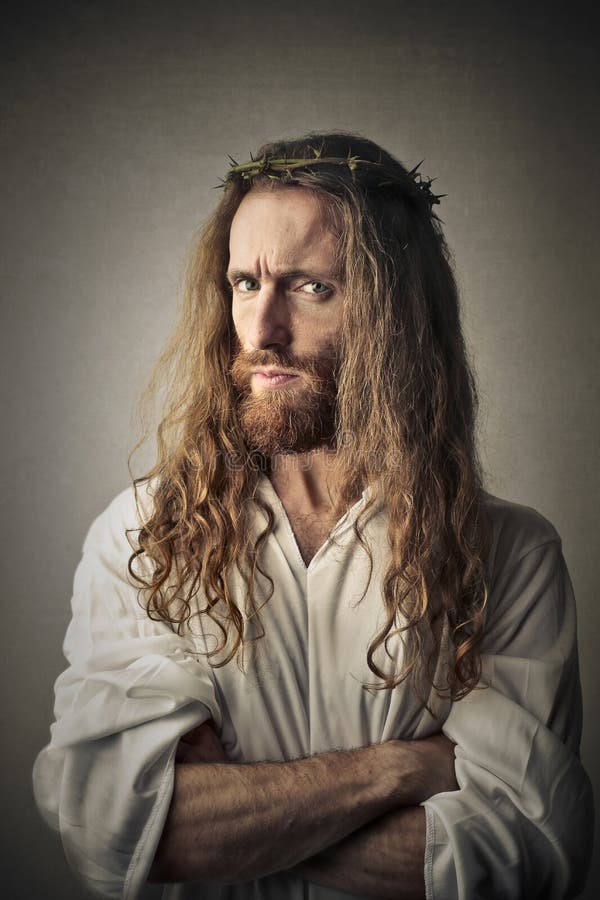Here is a rebuttal to the dating. As you can see by the images, there is a definite discoloration there, both visually and especially in the imaging. The original agreement was to take it from several different areas. The team that came in to date very clearly violated that agreement. Maybe somewhere there are documents showing the change was agreed to, but the team at STURP said this was in violation to the agreement. while I hope they redo this soon, you can see why there may be hesitancy. Personally I hope they redo it ASAP, but one of the most frustrating things as a Catholic is how slow the church moves. And they move slow for good reason. When they move fast (like changes to the mass in the 70s) it tends to be a disaster. Additionally, everything I've seen from the labs that did the research says "were right, they're wrong and we have no desire to re-open this". They aren't exactly beating their chests to disprove challengers.
https://shroudstory.com/wp-content/uploads/2014/05/corners.pdf
Something not becoming popular in Christianity until the 14th century doesn't bother me at all. Argument of absence. And as catag has suggested, there are earlier references. There is a corresponding face cloth that has mentions going back to the 600s.
https://www.simplycatholic.com/face-cloth-of-jesus-burial-the-sudarium-of-oviedo/
It's true that pigment is not found. The source you cited is the only man who has come to this conclusion, and I can't find any other studies corroborating his claim. You can reference this review of the experiment ran that has created the most accurate recreation to date. The man who conducted the experiment states that his experiment invalidates the shroud and he specifically mentions "after the pigment is washed away". He acknowledges the final product is pigment free (second to last paragraph)
https://www.shroud.com/pdfs/thibault-lg.pdf
The height makes absolutely no difference to me. The average American male is 5'9. When you see a 6'2-6'3 guy, are you blown away by his height or just see him as a kind of tall guy? My 6'6 cousin certainly catches a lot of attention, but his 6'2 brother (yes, also my cousin obviously) doesn't seem to.
The average Mexican male is 5'2. You've certainly met plenty of Mexican males in Mexico (if you've gone) or immigrants here in Texas that are 5'6-5'8. They likely don't strike you as extraordinary. I've already demonstrated that the Roman army had a 5'10 requirement at one time. That obviously meant that at least a decent number of people could reach that height. Even when they lowered it to increase numbers, it was 5'8. Jesus being 5'9-5'11 wouldn't be some crazy giant guy, no different than a 6'3 guy is today.
Lastly on the height, an average of 5'5 doesn't mean his followers were all 5'5. If they were, I'd agree seeing the one 5'11 guy would be odd. For all we know Jesus had a secret height requirement of his own (mostly joking here), but I think it's fair to at least assume they would be a variety of heights, and as such, Jesus wouldn't be standing 6 inches over each and every one of them. I've always heard the Judas thing was more of like the witness on the stand pointing at the accused. It's not really necessary but it's a step towards identifying the accused as guilty to the Romans who lowly had never seen Jesus.
If for the facial features you are referencing the small forehead, then I misunderstood originally. Refer back to link 4. Notice how much of the hair part you see in the original vs the recreation. His neck is bent forward due to his hanging on the cross, and yes, rigor mortis. Here is a model created from the shroud (about the 30 second mark). Note his head and neck position. This is why he would appear to have such a short forehead.
Long hair is relative, but generally speaking in Jewish culture women would have LONG hair (and Paul was referring to not having womanly hair). And I've seen that Jesus rendering before. They used one skull and what scholars believe the standard hair style of the time was. That is literally like taking one (insert race here) guy from America and saying "this is what (insert race here) looked like in America in the 2020s". It would be helpful in getting a picture but it's not a snapshot or anything. Your typical white guy today probably has fairly short hair, but you would say a guy has abnormally long hair for a man until it's pretty dang long. I can think of several reasons why his hair would appear longer than normal after his crucifixion (matted with sweat and blood? Washed and anointed with oil? The helmet of thorns pressing the side down further than his regular curly hair would appear?). Or maybe it's not Jesus, but I don't think it's mere art.
As for rigor mortis, look at the knees and the ankles. Look at the neck angle that explains the appearance of a short forehead. His thumbs are missing because the way the nails entered the hands and wrists would have retracted the thumb. Think about hanging dead on a cross and how your arms would look. A slight bend at the elbows that you might not be able to straighten out would explain why his elbows appear to be in an odd position. And while the scientific phase of rigor mortis may take up to 8 hours to set in fully, the body stiffness last for days. In a cold environment (say a cave?) it can last longer.
And it likely took at least a couple hours to get him down. Even if he left the second Jesus died (unlikely) Joseph had to walk about a kilometer to Pilate and ask for the body. Pilate then asked for confirmation, so someone had to walk to Golgotha. They then had to walk back to Pilate to say "yah, he's dead". Let's say Pilate didn't deliberate on the particulars at all (standard was to let them hang for awhile as an example to others so allowing him to come down right away is unusual) and gave Joseph an immediate yes, Joseph then had to walk back, find help, have the centurions lower the cross and remove Jesus. Rigor mortis could easily lock led him into the state that gravity dictated: a state with ankles in a weird position, knees bent, neck bent and slightly bent elbows.
If it obviously art, I can't wait for modern science to explain all of the complexities, because as of today, we've only had one experiment get even remotely close to doing what this supposed forger would have done with far less at his disposal. In addition, the bodily posture the forger would have chosen shows a higher than average knowledge of crucifixion and how the body would have become locked into such an abnormal pose after death.
https://www.nationalgeographic.com/history/article/150417-shroud-turin-relics-jesus-catholic-church-religion-science?loggedin=true&rnd=1681144418142
Even if this is just art, it's one of these greatest pieces of art of all time
https://shroudstory.com/wp-content/uploads/2014/05/corners.pdf
Something not becoming popular in Christianity until the 14th century doesn't bother me at all. Argument of absence. And as catag has suggested, there are earlier references. There is a corresponding face cloth that has mentions going back to the 600s.
https://www.simplycatholic.com/face-cloth-of-jesus-burial-the-sudarium-of-oviedo/
It's true that pigment is not found. The source you cited is the only man who has come to this conclusion, and I can't find any other studies corroborating his claim. You can reference this review of the experiment ran that has created the most accurate recreation to date. The man who conducted the experiment states that his experiment invalidates the shroud and he specifically mentions "after the pigment is washed away". He acknowledges the final product is pigment free (second to last paragraph)
https://www.shroud.com/pdfs/thibault-lg.pdf
The height makes absolutely no difference to me. The average American male is 5'9. When you see a 6'2-6'3 guy, are you blown away by his height or just see him as a kind of tall guy? My 6'6 cousin certainly catches a lot of attention, but his 6'2 brother (yes, also my cousin obviously) doesn't seem to.
The average Mexican male is 5'2. You've certainly met plenty of Mexican males in Mexico (if you've gone) or immigrants here in Texas that are 5'6-5'8. They likely don't strike you as extraordinary. I've already demonstrated that the Roman army had a 5'10 requirement at one time. That obviously meant that at least a decent number of people could reach that height. Even when they lowered it to increase numbers, it was 5'8. Jesus being 5'9-5'11 wouldn't be some crazy giant guy, no different than a 6'3 guy is today.
Lastly on the height, an average of 5'5 doesn't mean his followers were all 5'5. If they were, I'd agree seeing the one 5'11 guy would be odd. For all we know Jesus had a secret height requirement of his own (mostly joking here), but I think it's fair to at least assume they would be a variety of heights, and as such, Jesus wouldn't be standing 6 inches over each and every one of them. I've always heard the Judas thing was more of like the witness on the stand pointing at the accused. It's not really necessary but it's a step towards identifying the accused as guilty to the Romans who lowly had never seen Jesus.
If for the facial features you are referencing the small forehead, then I misunderstood originally. Refer back to link 4. Notice how much of the hair part you see in the original vs the recreation. His neck is bent forward due to his hanging on the cross, and yes, rigor mortis. Here is a model created from the shroud (about the 30 second mark). Note his head and neck position. This is why he would appear to have such a short forehead.
Long hair is relative, but generally speaking in Jewish culture women would have LONG hair (and Paul was referring to not having womanly hair). And I've seen that Jesus rendering before. They used one skull and what scholars believe the standard hair style of the time was. That is literally like taking one (insert race here) guy from America and saying "this is what (insert race here) looked like in America in the 2020s". It would be helpful in getting a picture but it's not a snapshot or anything. Your typical white guy today probably has fairly short hair, but you would say a guy has abnormally long hair for a man until it's pretty dang long. I can think of several reasons why his hair would appear longer than normal after his crucifixion (matted with sweat and blood? Washed and anointed with oil? The helmet of thorns pressing the side down further than his regular curly hair would appear?). Or maybe it's not Jesus, but I don't think it's mere art.
As for rigor mortis, look at the knees and the ankles. Look at the neck angle that explains the appearance of a short forehead. His thumbs are missing because the way the nails entered the hands and wrists would have retracted the thumb. Think about hanging dead on a cross and how your arms would look. A slight bend at the elbows that you might not be able to straighten out would explain why his elbows appear to be in an odd position. And while the scientific phase of rigor mortis may take up to 8 hours to set in fully, the body stiffness last for days. In a cold environment (say a cave?) it can last longer.
And it likely took at least a couple hours to get him down. Even if he left the second Jesus died (unlikely) Joseph had to walk about a kilometer to Pilate and ask for the body. Pilate then asked for confirmation, so someone had to walk to Golgotha. They then had to walk back to Pilate to say "yah, he's dead". Let's say Pilate didn't deliberate on the particulars at all (standard was to let them hang for awhile as an example to others so allowing him to come down right away is unusual) and gave Joseph an immediate yes, Joseph then had to walk back, find help, have the centurions lower the cross and remove Jesus. Rigor mortis could easily lock led him into the state that gravity dictated: a state with ankles in a weird position, knees bent, neck bent and slightly bent elbows.
If it obviously art, I can't wait for modern science to explain all of the complexities, because as of today, we've only had one experiment get even remotely close to doing what this supposed forger would have done with far less at his disposal. In addition, the bodily posture the forger would have chosen shows a higher than average knowledge of crucifixion and how the body would have become locked into such an abnormal pose after death.
https://www.nationalgeographic.com/history/article/150417-shroud-turin-relics-jesus-catholic-church-religion-science?loggedin=true&rnd=1681144418142
Even if this is just art, it's one of these greatest pieces of art of all time












